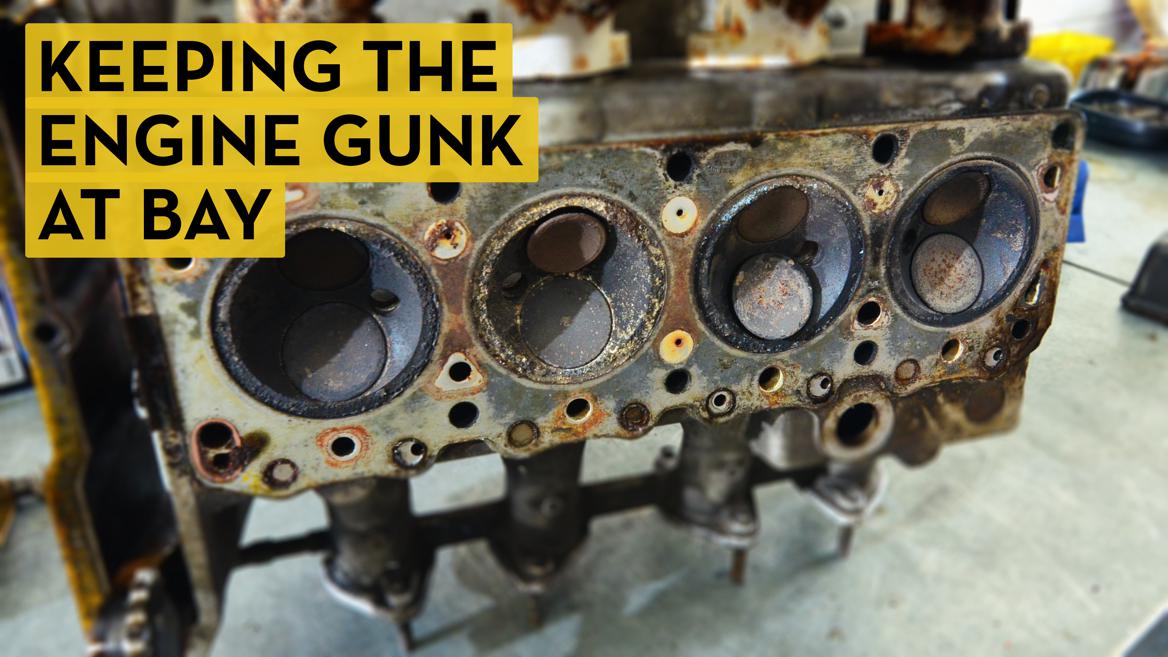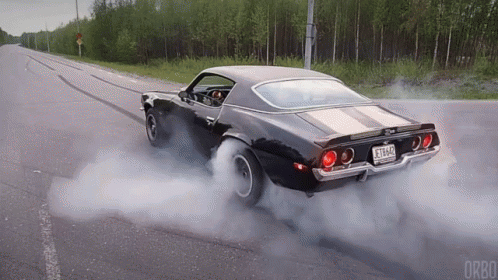• What is race gas?
• Which race fuel is right for you?
• Buying and storing race fuel
• The right fuel in the fall might help your engine start in the spring
• Fuels for storage: good, better, best
• How much octane is enough for my classic?
• 93-octane not enough? Solutions exist.
• Can you blend fuels to get the right mix?
• Tuning for today's oxygenated fuels
• Picking the proper gas
• How to choose a quality gas station
• Why is there ethanol in our gasoline?
• Understanding additives
• Why not avgas in your car?
• Water is great for your plants, not so much for your fuel system
• Gasoline makes a terrific degreaser, yet this practice can kill you
• Are high-octane fuels more stable?
• Ideal fuels for wintertime storage
• What ever happened to leaded gasoline?
• Homebrewed, non-ethanol fuel: A potentially deadly DIY
• Was yesterday's gasoline better?
• Cars that sit need clean fuel, too
• Is all that alcohol good or bad?
• Does the octane number in your manual match the one on the pump?
• What's the right fuel for forced-induction cars?
• What's in aftermarket additives anyway?
• The perils of running rich
• Should you fill up your classic before parking for the winter?
• Do all gas stations offer the same quality of fuel?
• How to know if you are using the correct fuel
• How to keep carbon deposits out of your engine
• Does Ethanol actually corrode metals and plastics?
• The valuable benefits of running a race fuel
• Flex fuel: Should you reach for that nozzle?




 By Sunoco Fuels
By Sunoco Fuels






















